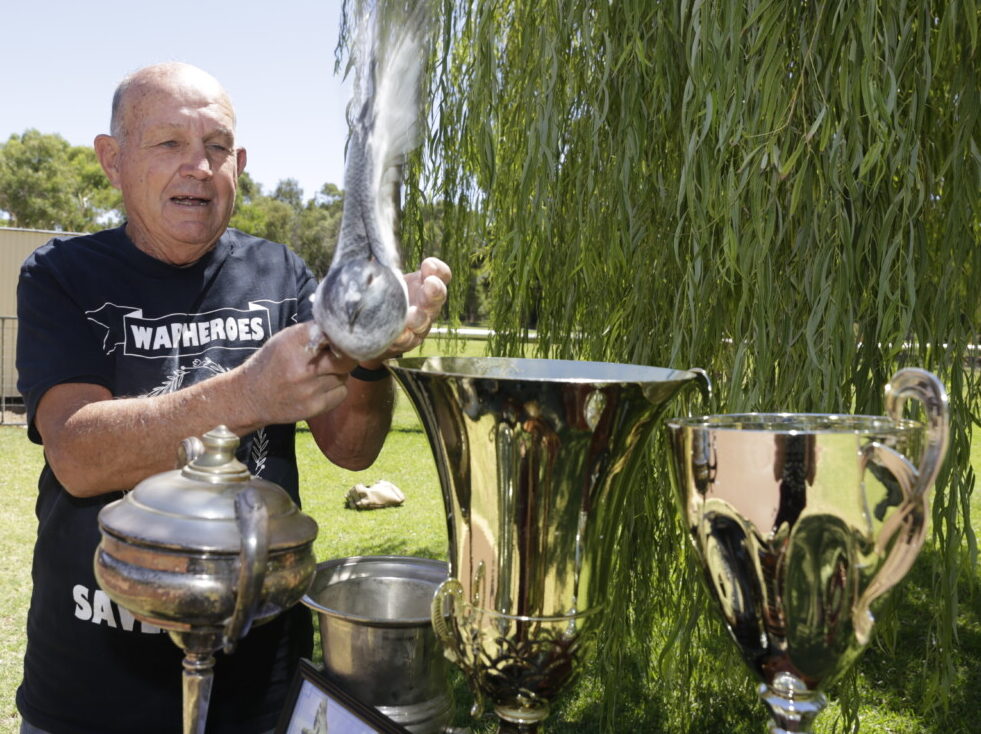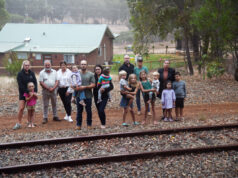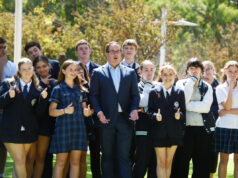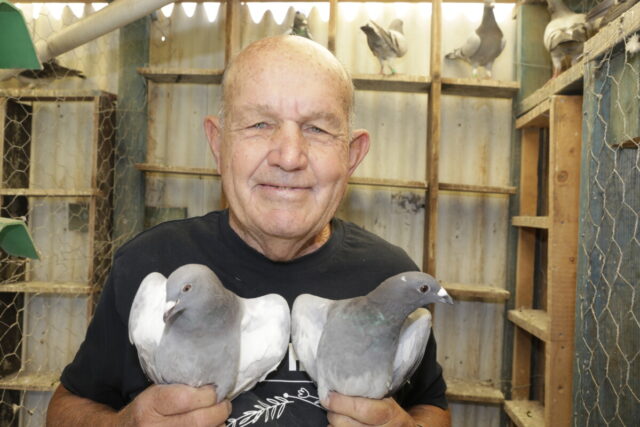
A new kid on the block has been ruffling feathers in the lofty world of pigeon racing.
Banjup’s Robert Sheehy has only been in the homing pigeon game for three years and already he’s made a name for himself in WA.
There are around 150 flyers in the state, and members of his club – the Amalgamated Melville Homing Pigeon Club Inc. – come from a broad swathe of the south east of Perth, with two named the 2022 season’s WA flyers of the year.
On Sunday, Robert scooped the pool at the club’s end-of-season awards; he was named overall club champion, and received trophies for best club performance, for consistency, and for best young bird.
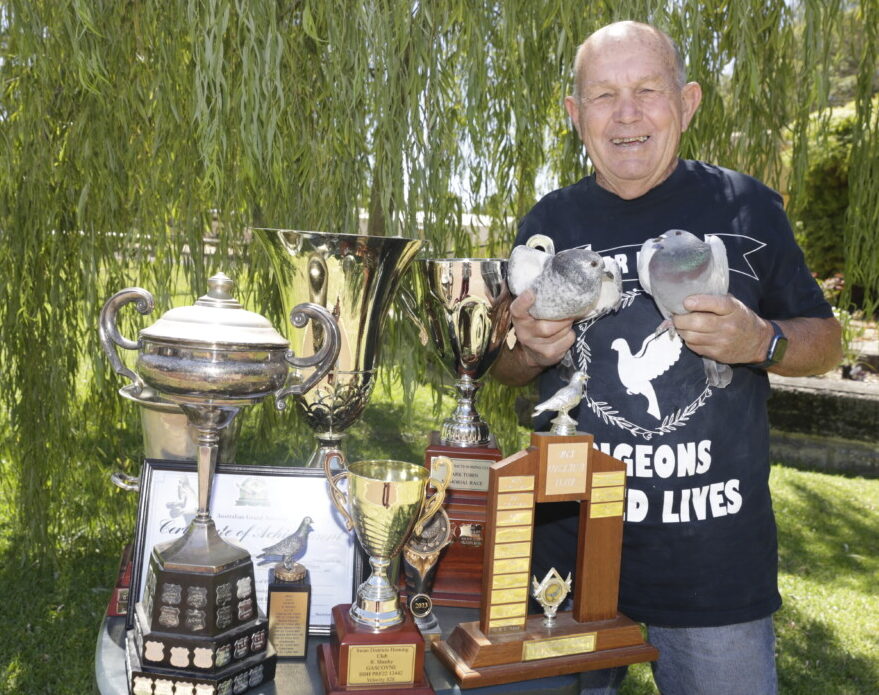
In his 2023 racing season he also took home the coveted trophy for the 800km-long Mark Tobin Memorial Race from the Gascoyne.
And his star performer – 12460 – has been nominated as Australian Sprint Bird of the Year. She secured three firsts, a second and a third in one season – with many races in the state last year attracting over 1000 competitors.
“That bird kept coming home first week after week so I sent it off to races again and again. People told me I was mad – that I needed to rest her. But you don’t bench your best athlete at the peak of their performance,” he said.
Other fanciers can race pigeons for decades with half his success. But don’t ask Robert how he’s achieved it.
“Honestly, I can’t work it out,” he said. “It’s beyond comprehension.
“Everything I’m doing, everyone else is too – I’ve been getting a lot of advice, everybody helps.”
And there are as many theories about how to train a champion pigeon as there are flyers, but Robert believes it could just come down to simple logic.
“You hear about people feeding them this or that, trying to find the magic formula – but it’s all about their natural ability – it’s the stock that counts,” he said.
“Sure, you have to treat them like athletes – keep them fit and feed them the right amount of protein and carbohydrates to keep their weight cherry ripe.
“But you couldn’t win a Melbourne Cup with a draught horse, it wouldn’t matter how much you trained them.”
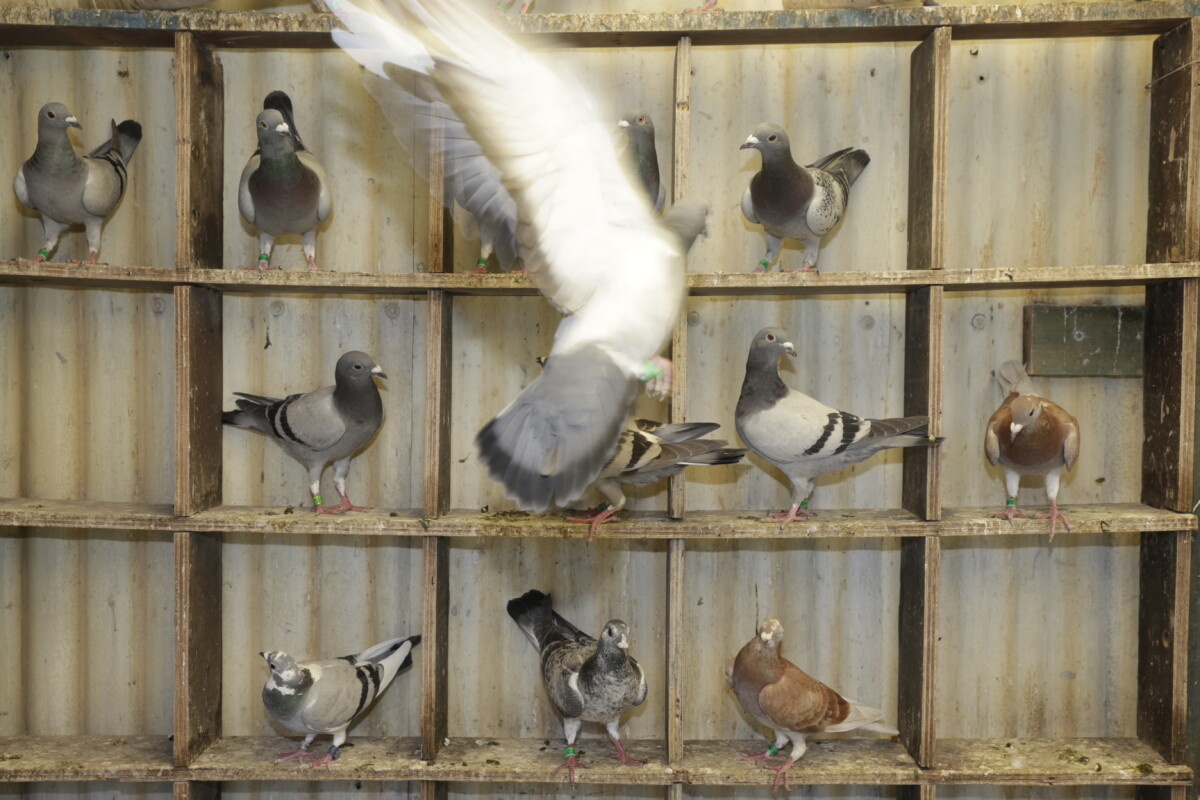
While in the cities pigeons have earned themselves an unsavoury reputation as ‘rats with wings’, to fanciers, they are prized athletes, worth big bucks.
Much like a thoroughbred racehorse, pedigree pigeons are a real thing – people will pay top dollar for a Janssen or a Staf van Reet cock.
In fact, in 2020, a Belgian pigeon called New Kim made headlines when she was purchased in a bidding frenzy by a buyer in China for a gobsmacking $2.5 million – the highest price ever paid.
But pedigree doesn’t ensure a champion bird. And it’s the elusive nature of success in the sport that has Robert so hooked.
That, and the brilliant biology and historical heroism of the humble homing pigeon.
Race pigeons can average up to 100kph depending on wind speed and direction, and travel over 1000km after being tossed.
“When they come with the wind they’re even faster – it’s a wonder they don’t burn their feathers off they’re that fast,” Robert said.
“They’re marvellous little machines. And they’re so fine-tuned with their navigation.”
Despite a 5000-year history of domesticating pigeons as messengers, we’re still no closer to finding out how they manage to orient themselves after being released thousands of kilometres from home.
Theories abound: some say the sun’s arc plays a part, others say they follow scent or long-distance infra-sounds, and there is persistent postulation that the earth’s magnetic field might be at play.
“But they’ve got us beat – everyone’s just clutching at straws,” Robert said.
What is certain is that their navigational prowess has been a constant boon for the human race. And it has saved many a life.
The Dickin Medal (Animal Victoria Cross for heroism and devoted duty) has been awarded 65 times in its 80-year history.
The first three recipients were pigeons serving with the Royal Air Force, who helped recover crew after a plane went down in World War II. A total of 32 messenger pigeons have been awarded the Dickin Medal.
“They became targets – people would try to shoot at them if they saw them because they were so vital to communication,” Robert said.
One famous American carrier pigeon from World War I, Cher Ami, has been immortalised in the Smithsonian Museum.
He is credited with saving the lives of 194 soldiers; despite being shot and badly injured during his last mission, he arrived blind in one eye, and with his important message dangling from his wounded leg.
“And they saved hundreds of our soldiers’ lives in New Guinea,” Robert said. “They’ve got a terrific story.
“Some national armies are still using them, because pigeons don’t give up any secrets if they’re captured.”
In fact, one pigeon made headlines this week after Indian authorities released it from an eight-month-long detention because it was suspected of being a Chinese spy.
It turned out to be a Taiwanese racing pigeon.
Robert was astounded when he discovered that pigeons’ wartime service wasn’t being honoured locally with their own ANZAC service and has taken to releasing them from Monument Hill in Fremantle after the Dawn Service. He’s also been asked by the Dockers to release a flock in honour at the Len Hall Tribute Game.
Robert doesn’t know when his passion for pigeons will leave him. But right now, he’s happy as Larry immersing himself in this niche interest.
“There’s such a scope for the sport,” he said.
“It’s easy to get into – some people will gift you birds to start you off. As far as I can tell, it’s one of the fairest sports out there.
“Cleaning the loft every day keeps me fit, and the competition keeps my mind sharp. It’s just so interesting.
“Honestly, I couldn’t think of anything else I’d rather do in retirement.”
Photographs – Mel Dee
